Es Devlin-designed time-travelling exhibition opens at The Met’s Costume Institute
‘Our aim is to communicate the phenomenon of time as it is expressed through the female form,’ says Devlin of the exhibition she has designed alongside curator Andrew Bolton
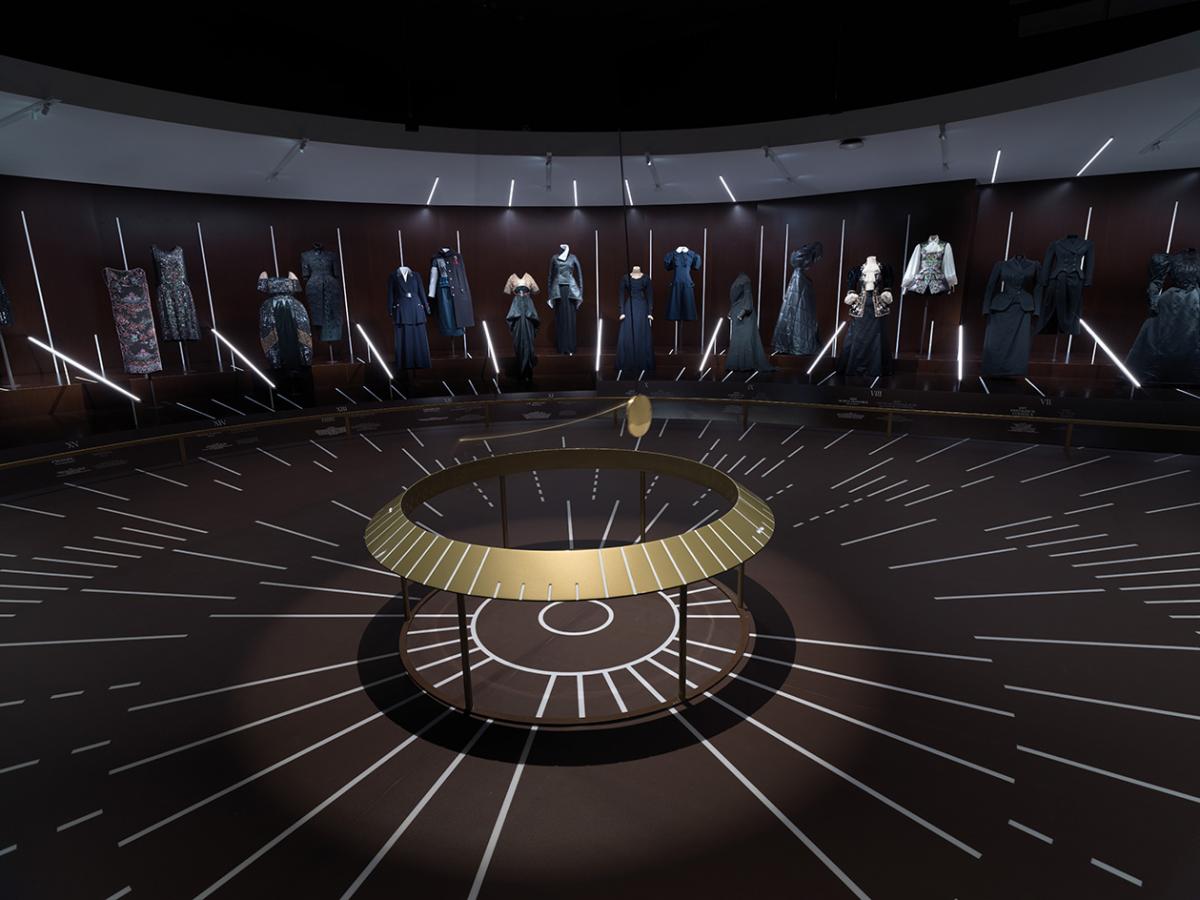
With the pace of life as we know it very much slowed down these days, it’s both ironic and fortuitous that the Metropolitan Museum of Art’s annual fashion exhibition staged by its Costume Institute is in fact focused on the temporal nature of fashion. Conceived to coincide with the museum’s 150th anniversary, and made possible by Louis Vuitton, ‘About Time: Fashion and Duration’ opens this week, six months after its intended date in May. Looking back on the last 150 years of clothes, from 1870 to present day, the show charts how sartorial associations across the years have transcended time to conflate the past, present and future.
‘Fashion is indelibly connected to time,’ says Andrew Bolton, the curator in charge of The Costume Institute, ‘It not only reflects and represents the spirit of the times, but it also changes and develops with the times, serving as an especially sensitive and accurate timepiece. Through a series of chronologies, the exhibition uses the concept of duration to analyze the temporal twists and turns of fashion history.’

‘Interruption Ensemble', Comme des Garçons A/W 2004. Gift of Comme des Garçons, 2020.
Inspired by philosopher Henri Bergson’s notion of ‘la durée’ – the continuity of time, the exhibition employs a series of flashbacks and fast-forwards to emphasise fashion’s ephemeral nature while disrupting the conventional and linear timeline of viewing history. Supported by a dynamic exhibition design by the visual artist and stage designer Es Devlin, who fashioned a pair of adjacent galleries to resemble two enormous clock faces that each mark 60 minutes of fashion, the exhibition features the work of Cristobal Balenciaga, Rei Kawakubo, Charles James, Miuccia Prada, Vivienne Westwood, Yohji Yamamoto, Shayne Oliver and Virgil Abloh, to name just a few.
‘Nicolas Ghesquiere and I have collaborated on almost all of his Louis Vuitton shows. Together we shape the models’ path in order to communicate the spirit and thesis of the collection,’ shares Devlin, who’s design had been finalised and construction underway pre-lockdown. ‘When Nicolas introduced me to Andrew to discuss the exhibition, Andrew and I combined our experience of turning ideas into physical journeys. Our aim is to communicate the phenomenon of time as it is expressed through the female form, emotionally as well as intellectually, through the expansion and contraction and shifting materialities of the space.’
‘Our design solution was derived from study of the mechanics of clocks – parallel linear calibrations run through the spaces, allowing the viewer to follow chronology and interruptions simultaneously,’ she continues. ‘Andrew identified folds and feedback loops in the linear history of the garments. He found formal resonances across the centuries: perhaps indicating parallel pressures and patterns of behaviour that may have been experienced by women living a century or more apart. His curation of these undulations invited a clear presentational device so the audience could simultaneously read a chronological narrative, while understanding the visual resonances of the temporal aberrations and interruptions.’
RELATED STORY

The passing of each minute on the clock highlights a different pair of garments, which are connected through shape, motif, material or pattern, such as a black silk faille princess-line dress from the 1870s and an Alexander McQueen ‘Bumster’ skirt from 1995. All the garments in the exhibition are black (truly a perennial fashion favourite) in order to underscore the changes in form, save for a sole white patchwork gown from Victor & Rolf’s Spring/Summer 2020 haute couture collection, which concludes the exhibition and symbolises the need for sustainability in order to ensure the future of fashion.

‘Interruption Dress', Nicolas Ghesquière for Louis Vuitton S/S 2018. Courtesy of Collection Louis Vuitton.
With 125 garments on view, mostly gleaned from the Costume Institute’s collection, the dramatic array succinctly documents the evolution of fashion, inviting viewers to consider the historical pressures of the world around at the time that lead to the rise of specific silhouettes.
‘This exhibition documents one and a half centuries of fashion and cultural history – expressed through the shifting architecture of the female form.’ Devlin says, ‘The title ‘About Time’ reads as an admonition and invitation to consider the circular design principles which will need to inform the fashion industry if the planet is to remain a habitat for humans. The exhibition concludes with a meditation on a single garment. The recycled fragments of fabric orbit the garment in projected cycles of creation and destruction and recreation.’
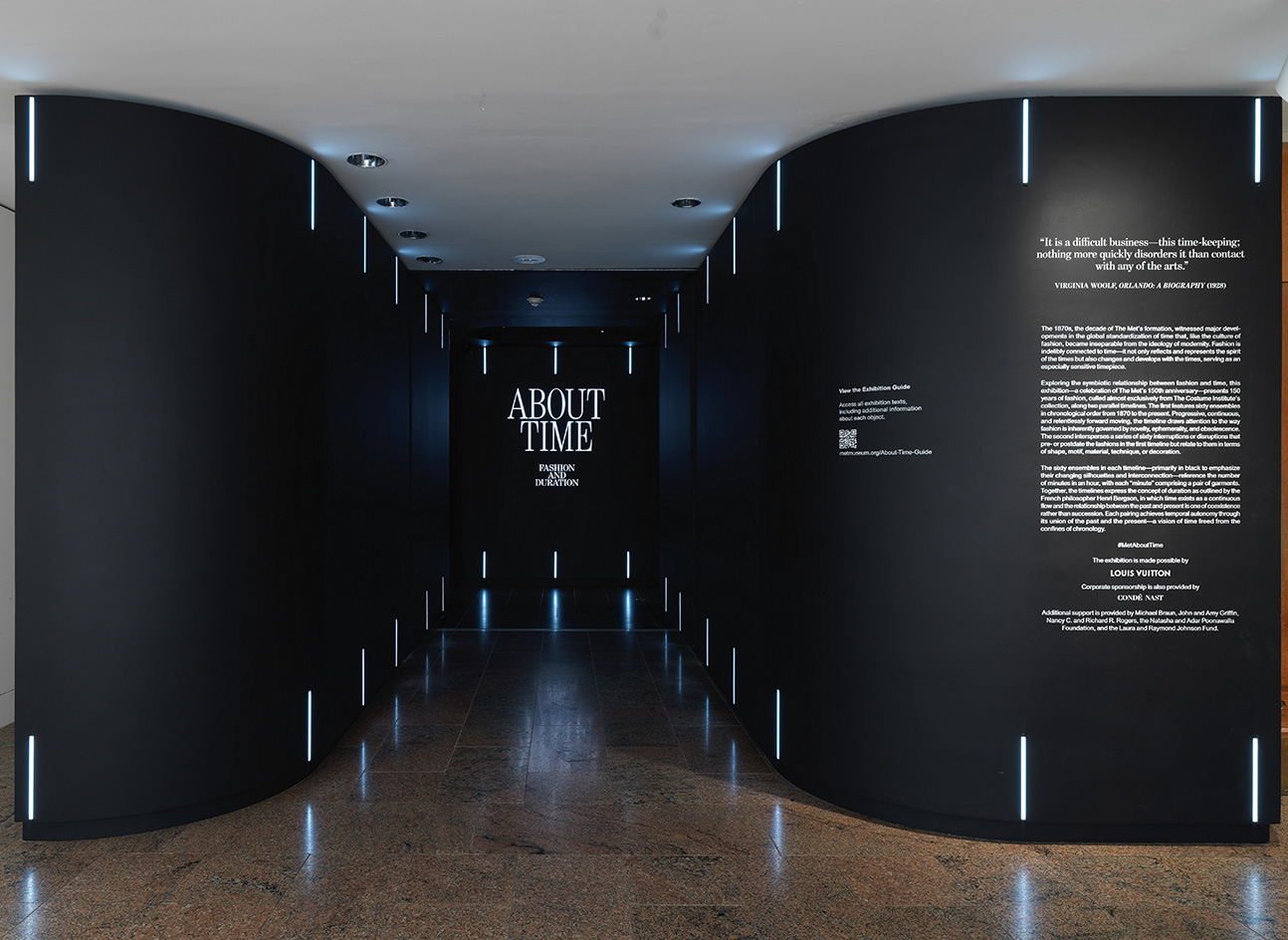
Gallery view, Title Gallery
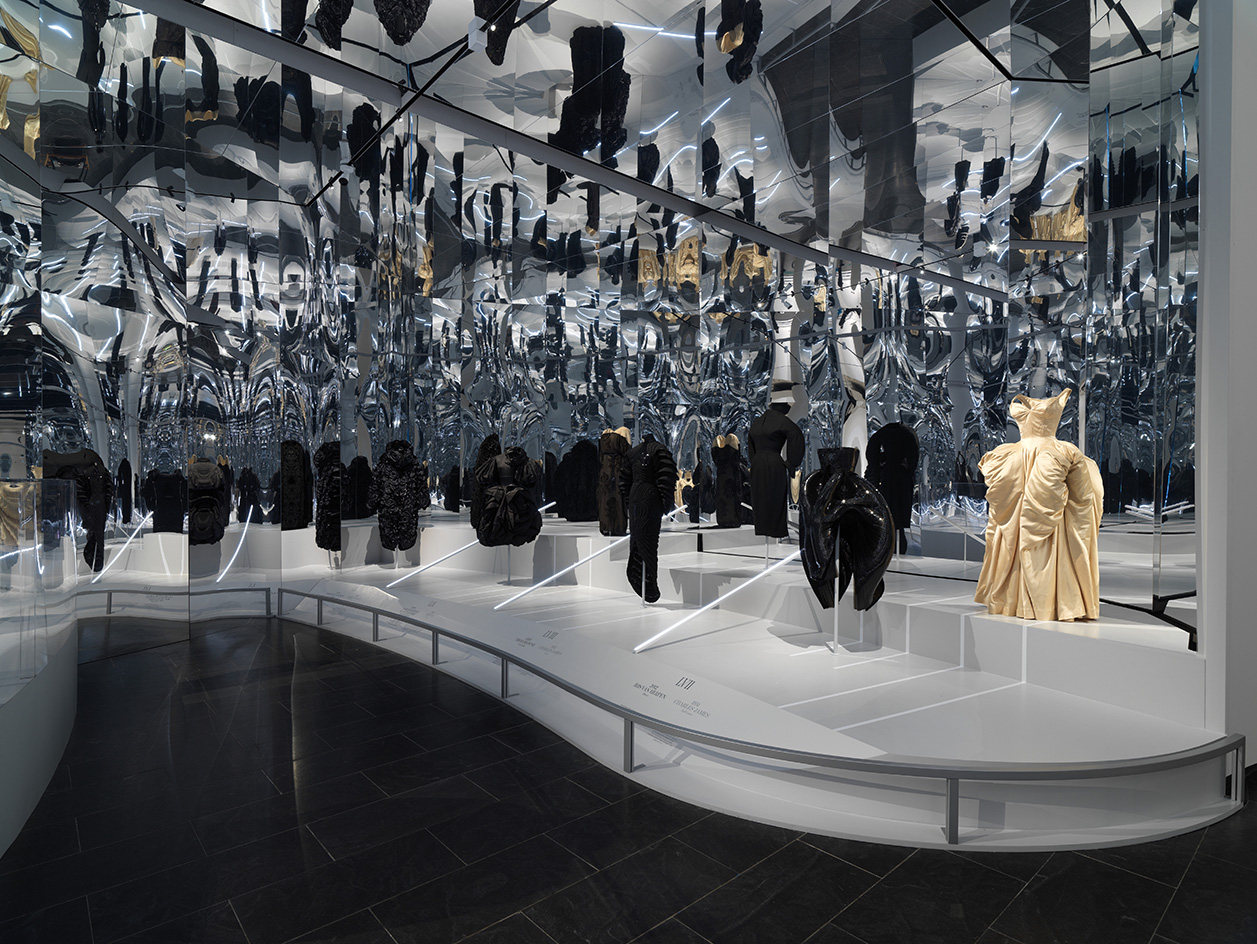
Gallery view, Clock Two

Gallery view, Clock One
INFORMATION
Receive our daily digest of inspiration, escapism and design stories from around the world direct to your inbox.
Pei-Ru Keh is a former US Editor at Wallpaper*. Born and raised in Singapore, she has been a New Yorker since 2013. Pei-Ru held various titles at Wallpaper* between 2007 and 2023. She reports on design, tech, art, architecture, fashion, beauty and lifestyle happenings in the United States, both in print and digitally. Pei-Ru took a key role in championing diversity and representation within Wallpaper's content pillars, actively seeking out stories that reflect a wide range of perspectives. She lives in Brooklyn with her husband and two children, and is currently learning how to drive.
-
 How We Host: Interior designer Heide Hendricks shows us how to throw the ultimate farmhouse fête
How We Host: Interior designer Heide Hendricks shows us how to throw the ultimate farmhouse fêteThe designer, one half of the American design firm Hendricks Churchill, delves into the art of entertaining – from pasta to playlists
-
 Arbour House is a north London home that lies low but punches high
Arbour House is a north London home that lies low but punches highArbour House by Andrei Saltykov is a low-lying Crouch End home with a striking roof structure that sets it apart
-
 25 of the best beauty launches of 2025, from transformative skincare to offbeat scents
25 of the best beauty launches of 2025, from transformative skincare to offbeat scentsWallpaper* beauty editor Mary Cleary selects her beauty highlights of the year, spanning skincare, fragrance, hair and body care, make-up and wellness
-
 The standout shows of New York Fashion Week S/S 2026 – as they happened
The standout shows of New York Fashion Week S/S 2026 – as they happenedHeralding the start of fashion month, the latest edition of NYFW took place in the city this week. Here, in our rolling round-up, Wallpaper* picks the highlights
-
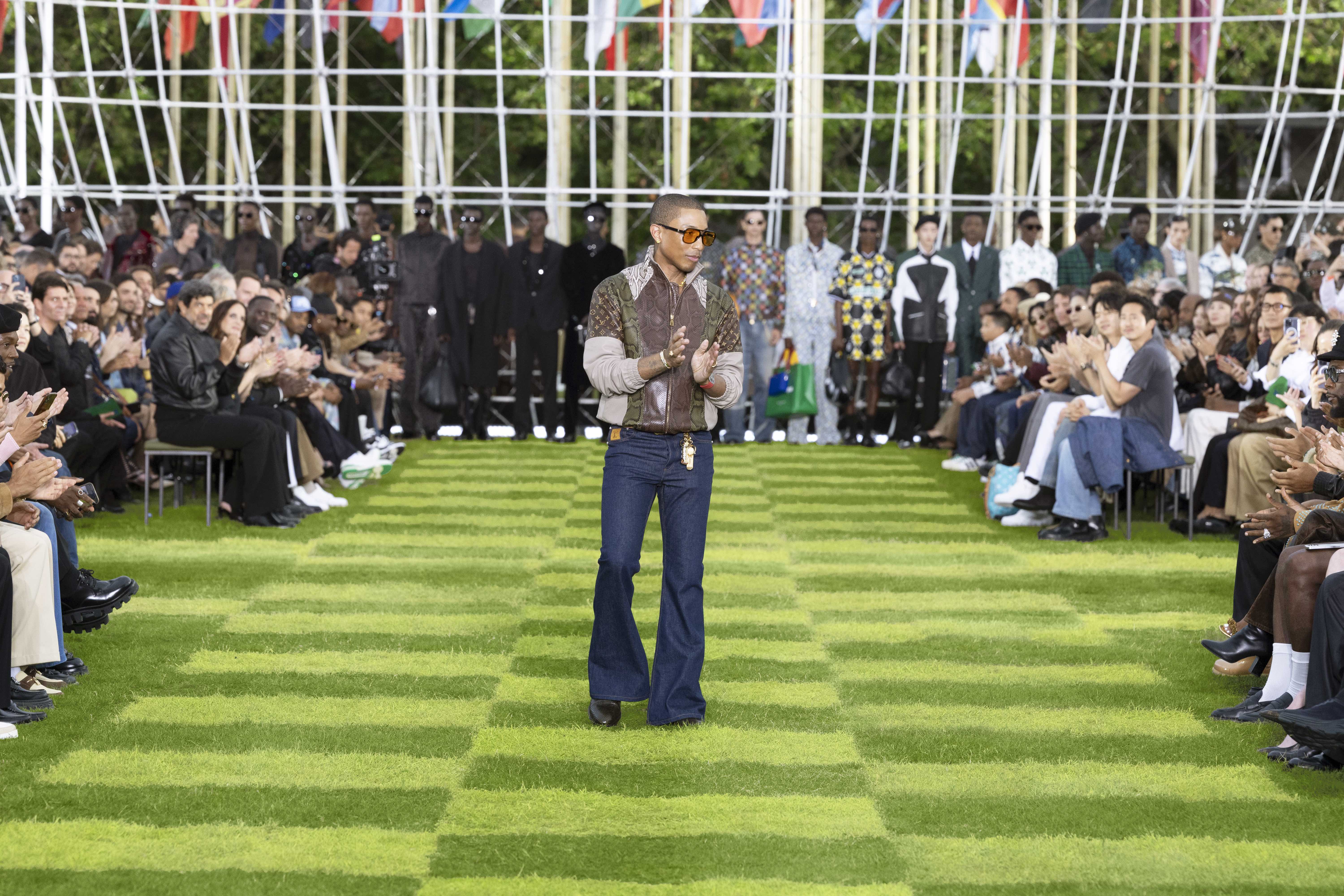 Everything you need to know about the Met Gala 2025 and ‘Superfine: Tailoring Black Style’ exhibition
Everything you need to know about the Met Gala 2025 and ‘Superfine: Tailoring Black Style’ exhibitionEverything Wallpaper* knows about the Met Gala 2025 – from the dress code to the exhibition theme and A-list co-chairs
-
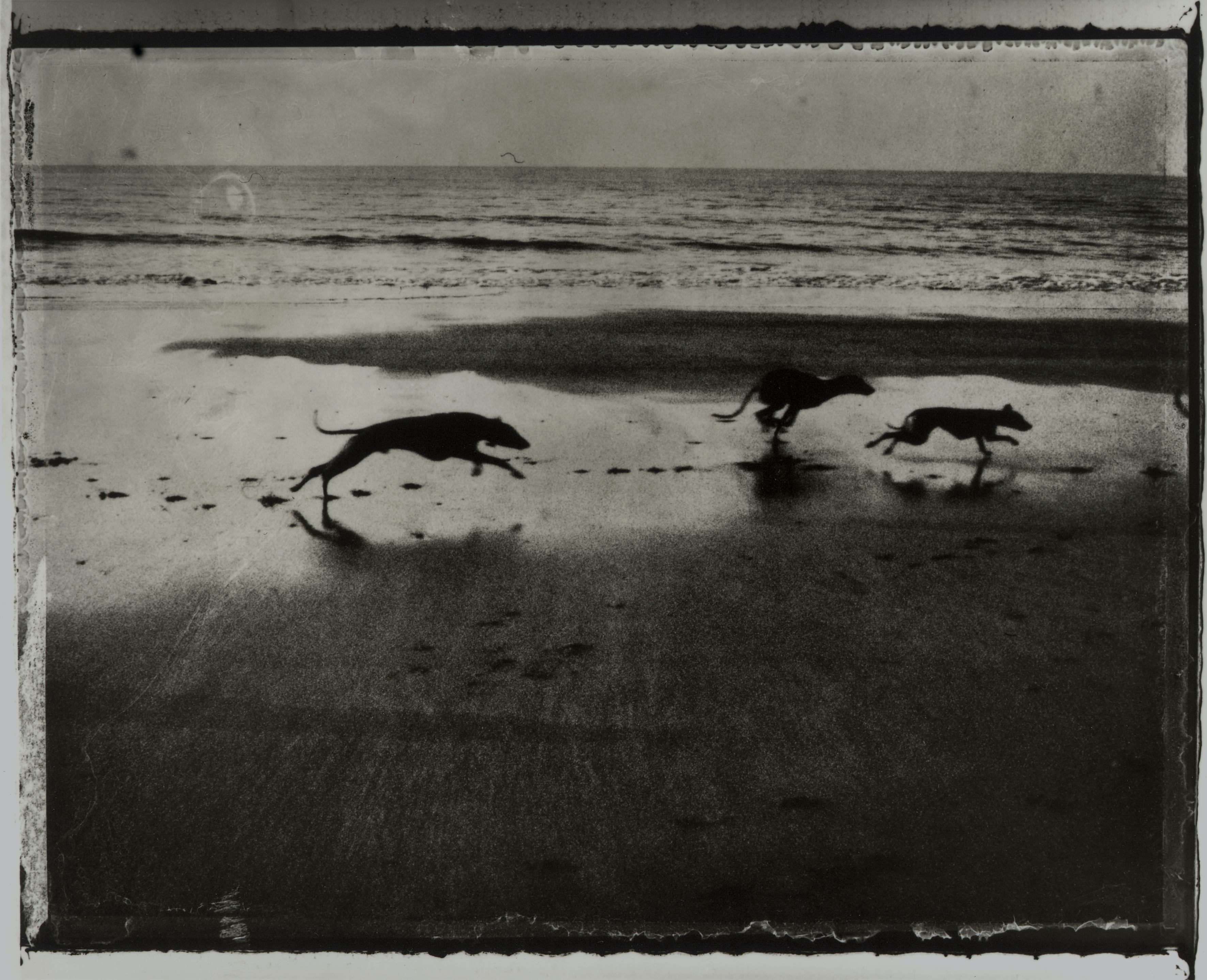 Sarah Moon brings painterly fashion and dark fantasy to Fotografiska New York
Sarah Moon brings painterly fashion and dark fantasy to Fotografiska New YorkOctogenarian French photographer and filmmaker Sarah Moon shows 30 years of work at Fotografiska New York – spanning fashion and fantasy, mystery and the macabre, it’s dark, painterly and compelling
-
 ‘In America: A Lexicon of American Fashion' is coming to The Met
‘In America: A Lexicon of American Fashion' is coming to The MetThe first of a two-part, year-long extravaganza, ‘In America: A Lexicon of American Fashion’ is organised into 12 sections that seek to define the emotional qualities in American style
-
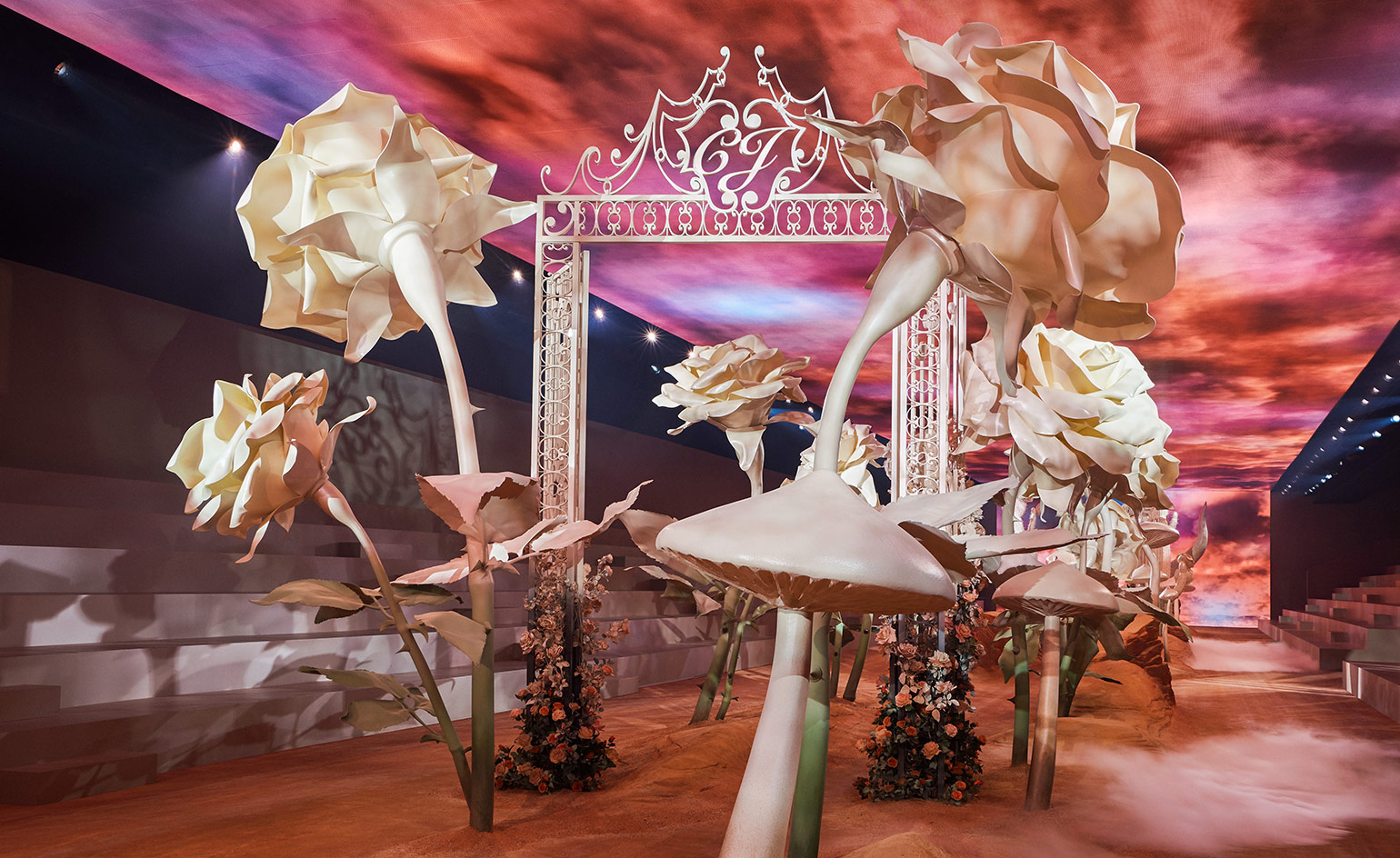 Es Devlin creates Texan landscape for Dior S/S 2022 menswear
Es Devlin creates Texan landscape for Dior S/S 2022 menswearDior's S/S 2022 menswear show looked to arid landscapes of Texas, the birthplace of the French brand's latest collaborator, rapper and style icon Travis Scott
-
 Saint Laurent celebrates 40 years of Memphis Group
Saint Laurent celebrates 40 years of Memphis GroupMemphis Group's milestone birthday is celebrated with a series of colourful furniture installations across the French maison's concept boutiques
-
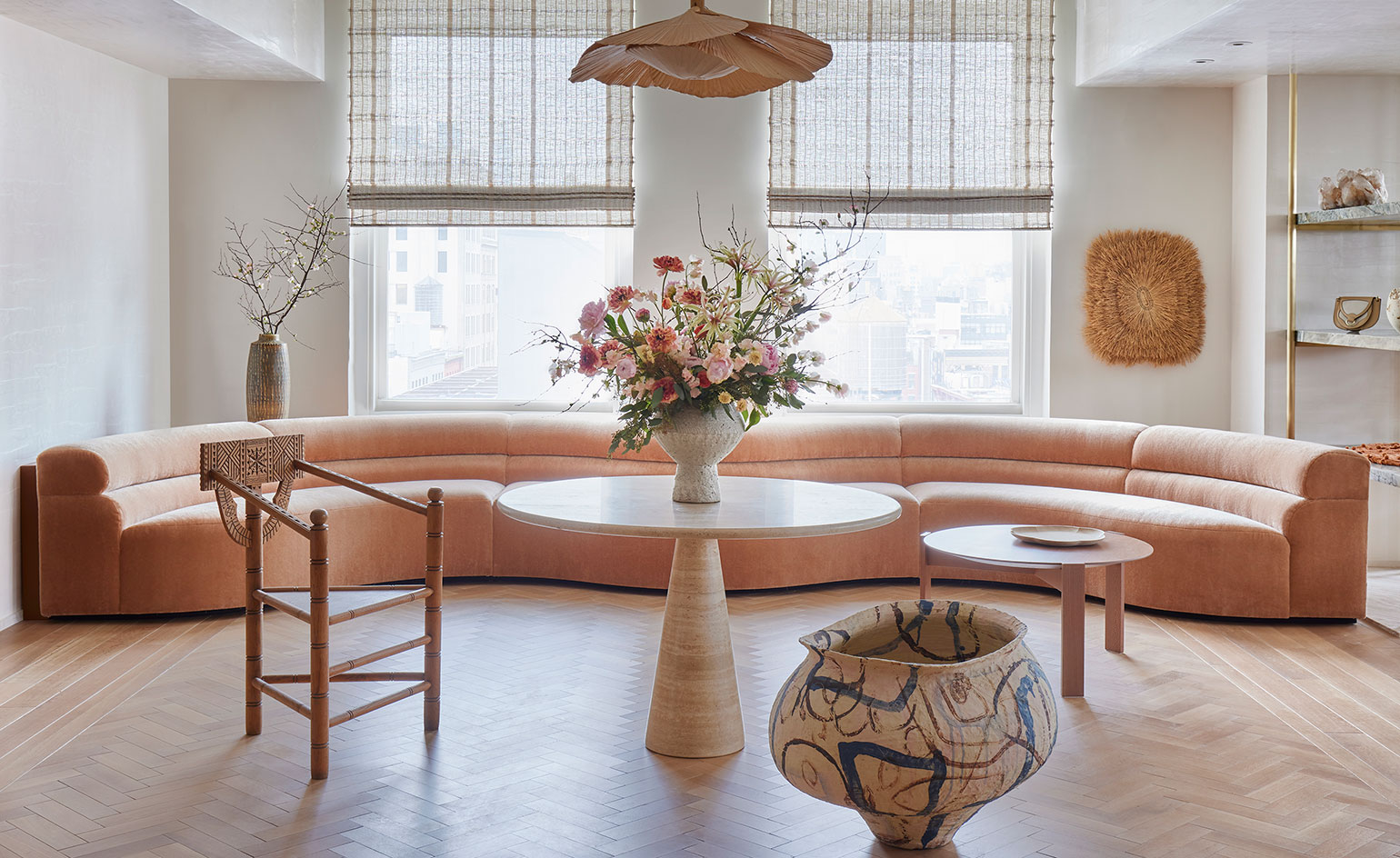 ‘A place for the eye to pause’: Ulla Johnson unveils New York HQ
‘A place for the eye to pause’: Ulla Johnson unveils New York HQThe Manhattan-born fashion designer opens a warmly-hued style sanctuary, created in collaboration with architect Rafael de Cárdenas
-
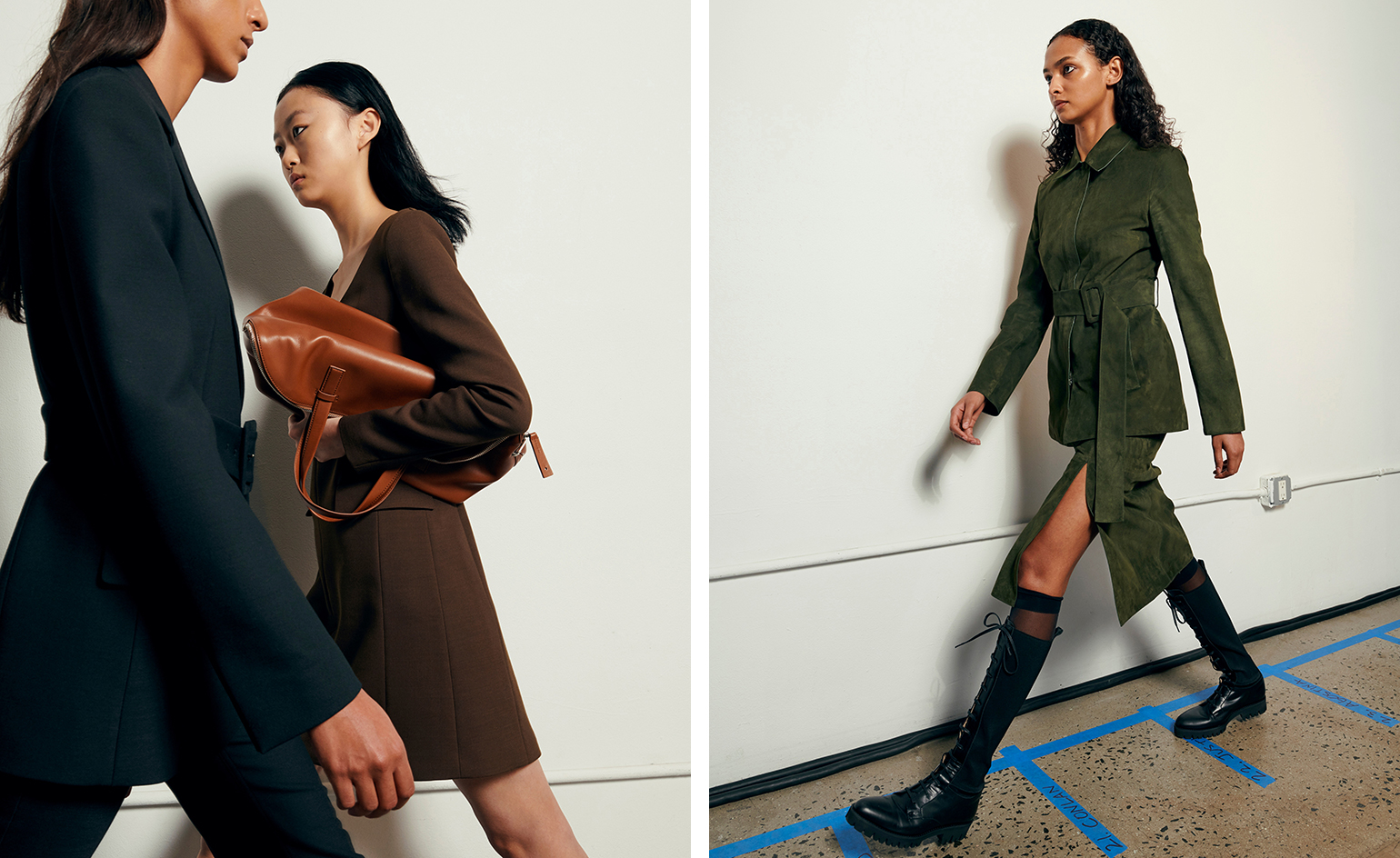 Theory A/W 2020 New York Fashion Week Women’s
Theory A/W 2020 New York Fashion Week Women’s